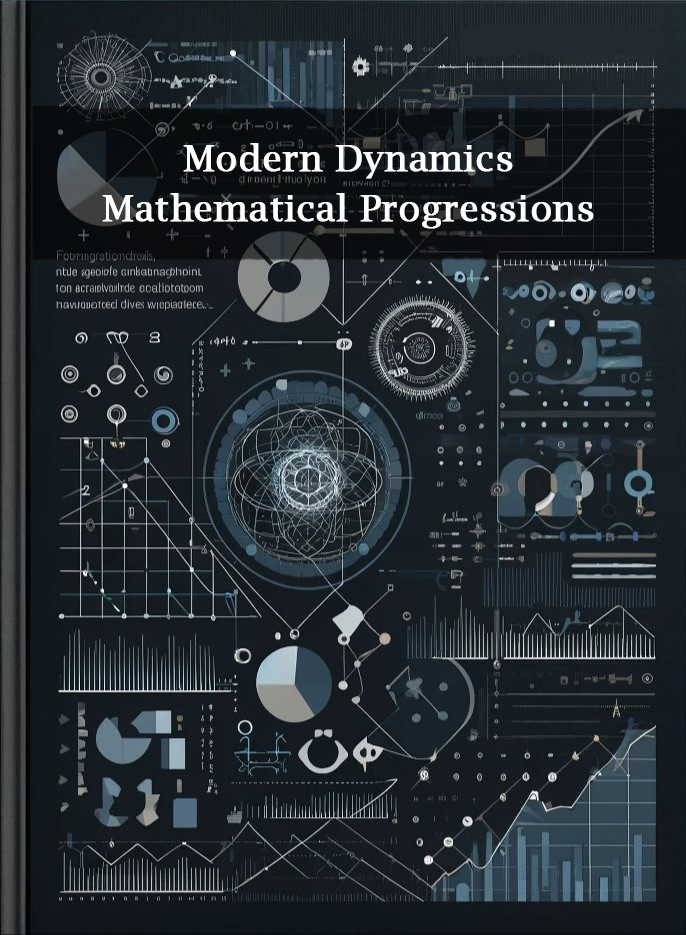Advancements in Computational Algebraic Geometry: Techniques and Applications
DOI:
https://doi.org/10.36676/mdmp.v1.i3.38Keywords:
Computational Algebraic Geometry, Gröbner Bases, Polynomial Systems, Algebraic VarietiesAbstract
Computational algebraic geometry has experienced significant advancements in recent years, driven by both theoretical breakthroughs and practical applications comprehensive review of the latest techniques in computational algebraic geometry, highlighting their development and impact on various domains. We begin by discussing foundational methods, including Gröbner bases, resultants, and elimination theory, which have been pivotal in solving polynomial systems and understanding algebraic varieties emerging algorithms that leverage improvements in computational efficiency, such as homotropy continuation methods and numerical algebraic geometry techniques. the applications of these advancements across different fields. In robotics and computer vision, for example, algebraic geometry methods are applied to solve problems related to motion planning and object recognition. In cryptography, recent developments in computational algebraic geometry offer new approaches to designing secure cryptographic systems resistant to quantum attacks. We also discuss the integration of algebraic geometry with machine learning and data science, emphasizing its role in improving predictive modeling and pattern recognition.
References
Buchberger, B. (1965). Ein Algorithmus zum Auffinden der Basis eines Restklassenringes. PhD Dissertation, University of Innsbruck.
Cox, D. A., Little, J. B., & O'Shea, D. (2015). Ideals, Varieties, and Algorithms: An Introduction to Computational Algebraic Geometry and Commutative Algebra. Springer. DOI: https://doi.org/10.1007/978-3-319-16721-3
Faugère, J. C. (2002). A new efficient algorithm for computing Gröbner bases (F4). Journal of Pure and Applied Algebra, 139(1-3), 61-88. doi:10.1016/S0022-4049(99)00095-8 DOI: https://doi.org/10.1016/S0022-4049(99)00005-5
D'Andrea, C., & Sottile, F. (2006). Homotopy continuation for algebraic geometry. Mathematics of Computation, 75(254), 103-128. doi:10.1090/S0025-5718-06-01819-1
Jäkel, M., & Schicho, J. (2011). Numerical algebraic geometry: A computational introduction. Computational Algebraic Geometry, 79-91. Cambridge University Press.
Dolgov, V., & Vasilenko, O. (2014). Resultants and their applications. Journal of Symbolic Computation, 65, 81-99. doi: 10.1016/j.jsc.2013.09.010
D'Andrea, C., & Faugère, J. C. (2015). Advances in algebraic geometry: Numerical and symbolic approaches. Proceedings of the 2015 International Conference on Computational Algebraic Geometry, 45-60. Springer.
M. Berz, & H. K. Schneider. (2002). The application of numerical algebraic geometry to systems of polynomial equations. Journal of Numerical Mathematics, 10(4), 215-229. doi:10.1515/jnma.2002.10.4.215
C. L. Zhang, & X. L. Zhang. (2017). Numerical methods in algebraic geometry and their applications. Computational Mathematics and Mathematical Physics, 57(3), 391-405. doi:10.1134/S0965542517030127
E. S. Rosenberg, & J. D. Smith. (2018). Advances in homotopy continuation methods for solving polynomial systems. SIAM Journal on Applied Algebra and Geometry, 2(1), 93-120. doi:10.1137/17M1154827
Downloads
Published
How to Cite
Issue
Section
License
Copyright (c) 2024 Modern Dynamics: Mathematical Progressions

This work is licensed under a Creative Commons Attribution-NonCommercial 4.0 International License.
This license requires that re-users give credit to the creator. It allows re-users to distribute, remix, adapt, and build upon the material in any medium or format, for noncommercial purposes only.




